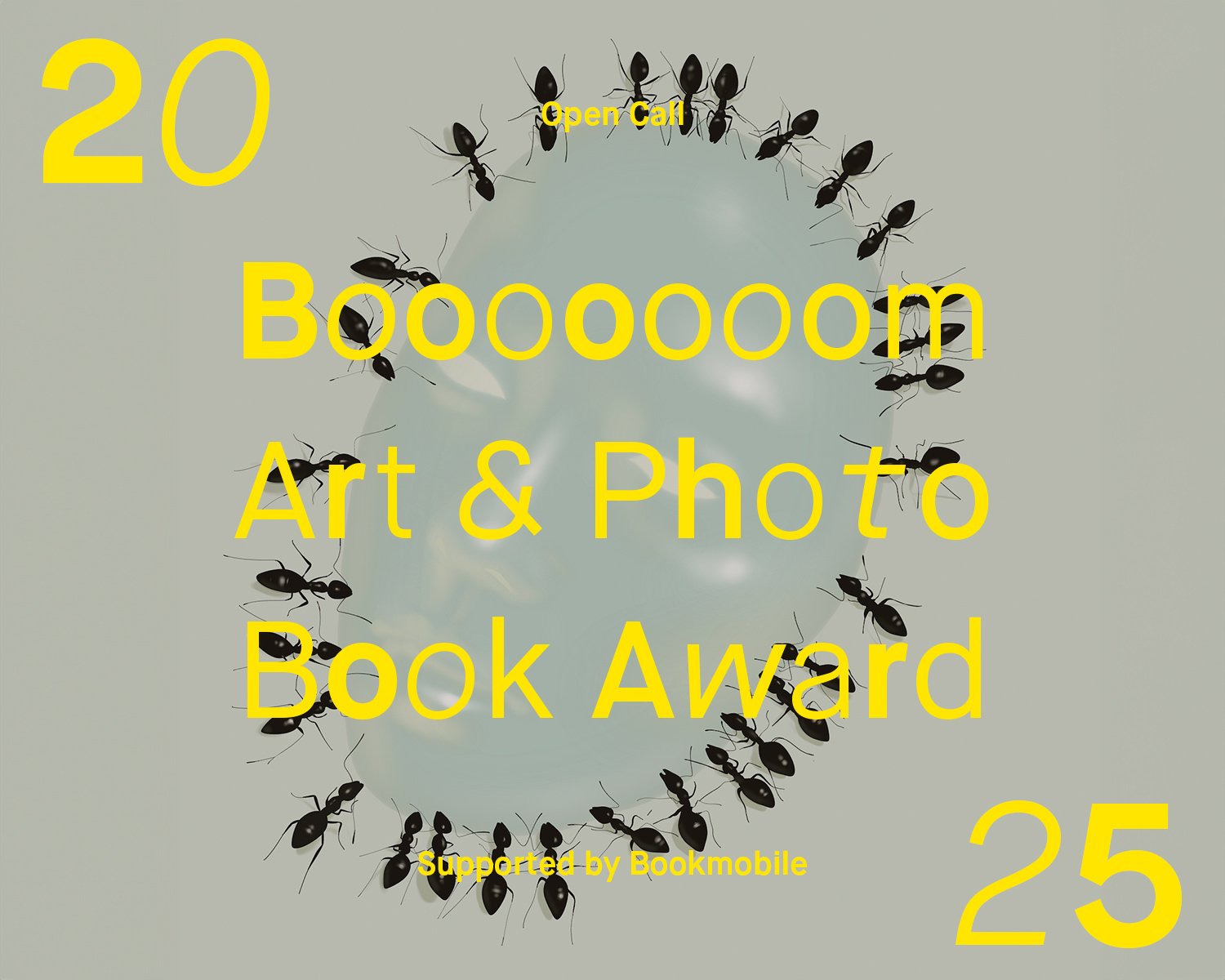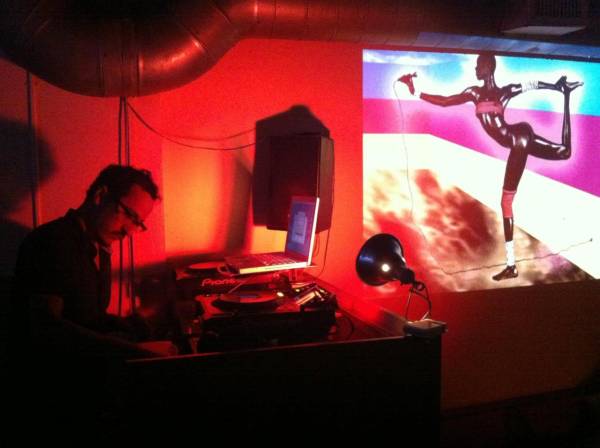
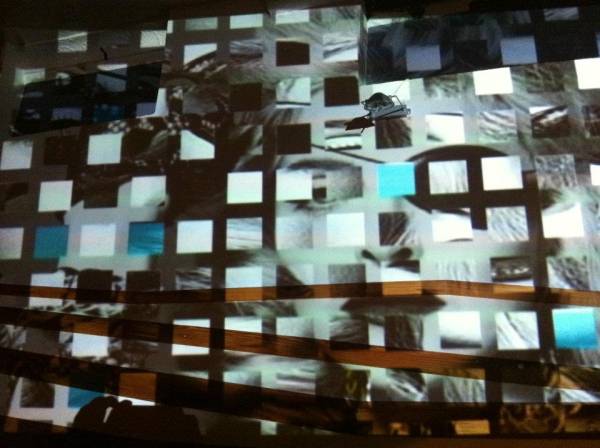
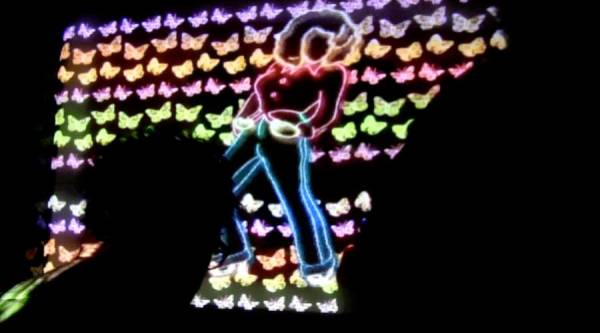
If there was one digital medium that caught the attention of the online public in the past five years or so, it is obviously the Graphical Interchange Format, commonly referred to as the GIF. Initially employed as a file format for simple animations, over time it became the medium of choice for many artists and creatives to present their work thanks to improved bandwidths and easier storage on social media platforms.
Over the past year or so we have seen GIF art implemented in mainstream gallery spaces such as The Museum of Moving Image or Tate Britain’s 1840s GIF Party, or by way of Augmented Reality, presenting works at physical spaces through a smartphone device via barcodes, such as Rua Red’s Glitch Festival or GIF Art blog 15 Folds exhibition at the Lyst Gallery.
Back in 2012 the Photographers Gallery, London, was smart enough put together a major show about the format ‘Born In 1987‘, but before this all became fashionable in the art world, an organizer and artist from Toronto saw the potential of integrating this format into real-world events and collaborated with another artist whose medium of choice is the GIF itself, curating a collection of works created on a computer by artists from around the world, and projected on walls to accompany the surroundings.
The show was called ‘Sheroes’, a monthly event started in 2011 to 2012 that each month focused on female pop-icons ranging from Nina Simone, Erykah Badu, Yoko Ono, Madonna, Dusty Springfield or Dolly Parton, a range of artists whose distinct talents enriched pop culture, a “League of Legendary Ladies”. Here I will talk to Rea McNamara and Lorna Mills about the origins of this emerging scene and how it all started.
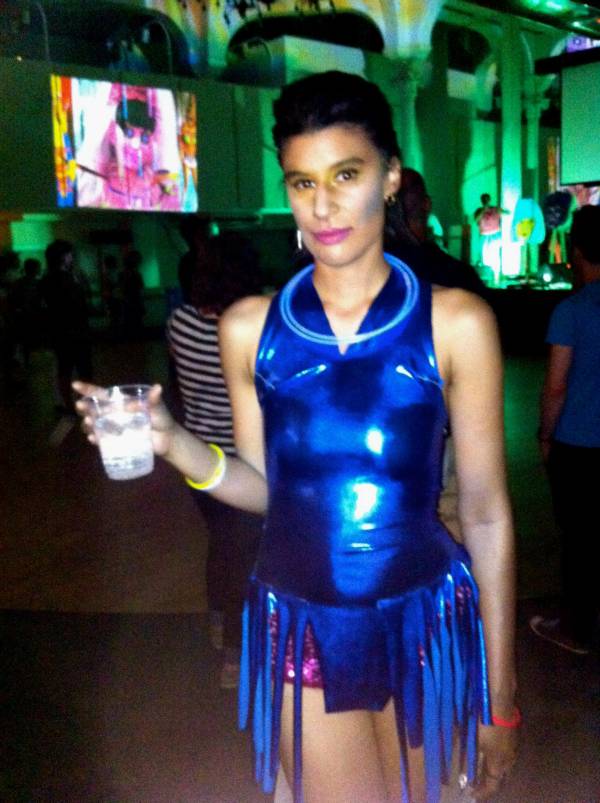
Rich Oglesby: What was the spark of inspiration that started this idea of GIF art into real world events?
Rea McNamara: The spark of inspiration was creating a public context for internet-based ideas and art, which is continuing in some of the cultural programming I do as the assistant curator at the Drake Hotel.
Lorna Mills: Totally Rea’s idea, she was already organizing the first Sheroes events and she approached me asking if I thought it was a good idea to invite gif artists we were seeing on Google+.
RO: Could this be considered a modern implementation of the DIY punk spirit, that it came from groundroots necessity?
RM: Yes, it could be compared to that.
LM: Sheroes ran on a shoestring budget, all money coming out of Rea & Tony [Halmos]’s pockets, couldn’t pay artists fees, but Rea was amazing at getting brilliant performers to do short sets for free as well
RO: Were you aware of any similar projects like this before you started your own events?
LM: There was BYOB, but it was totally different than what we were doing. Sheroes had clear themes and it was curated and part of a larger visual and performance event.
RM: BYOB and Speed Shows. But Like Lorna said, we had a curatorial focus and the works were shown alongside performances, bands, DJs, site-specific installations. It was, after all, a party.
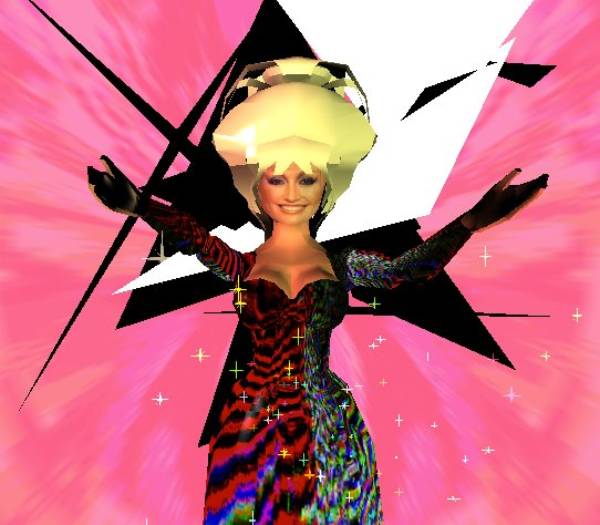
RO: Did this idea come about by yourself, or were there others involved?
RM: The core team was Lorna, Tony, Alvaro Giron and I. We had many, many collaborators, who you read about further here.
RO: Taking into account the range of international talent you got involved in the project, how was this done?
LM: I worked with lots of people I had never met except thru social media, the first group was small and they were all so enthusiastic about doing it again that I just built up the numbers, always expanding the artist list. In the context of Sheroes, where people were in a room watching performances and socializing, it made sense to have as many artists being projected as I could work with. So we started with 6 artists and gradually expanded to over 50 artists.
RO: How do you feel about how established institutions are doing something similar today?
RM: Artist fees and access to proper AV support is fantastic. There’s a broad and diverse audience that wants to engage with artwork in this context. It’s also really interesting how these institutions are programming these events within broader outreach and fundraising initiatives. This internal evaluation report for the Tate’s 1840 GIF Party talks about how it was a project created to promote their online collection, and inviting a mass audience to participate and engage with it. But it also talks about how many of the artists requested better visible representation for their involvement, or were disappointed to see their works shown on TV screens. At the end of the day, these events are a form of exhibition making.
LM: I think it’s great that institutions are programming events like we did. Especially if they pay artist fees and provide good projection equipment.
RO: After the Sheroes project was completed, what happened afterwards? Did you take something from the experience into subsequent work?
LM: After Sheroes was done, I have found it very easy to work with large amounts of artists as long as the technical structures were clearly defined, so Anthony and I curated “When Analog was Periodical” for zBar in Berlin, then I curated “Clusterfuck Zoo” for my closing event at Transfer Gallery in 2013, as well as David Bowie themed GIFs for the opening of “David Bowie is” at the Art Gallery of Ontario.
RO: And lastly, continuing from the last question, what are you currently involved in? Also, are there any similar projects happening that have caught your eye?
LM: Currently I am working on Episode 4 of my four part curatorial project “Ways of Something” a remake of John Berger’s “Ways of Seeing”. It’s a bit more complicated technically and logistically since I am dealing with digital video this time, but again, like the mass GIF projects, the technical parametres are clearly defined. I’m very practical when it comes to wrangling a lot of artists.
Lots of similar projects, Anthony Antonellis did the incredibly popular Xmas GIFwrapping project, and there is 15folds in the UK, a version of that went to the Serpentine. Whippersnapper Gallery in Toronto are doing GIF projections on their storefront windows. I’m pretty sure that there are more than I know about at this point.
Thank you Rea and Lorna! If you’d like to find out more about the Sheroes project, you can visit the Sheroes Tumblr here, Google Plus archive here, or at Rea’s website here.
[Image Credits for works featured in documentation (from top to bottom): Tony Halmos ‘Grace Jones’ and ‘Madonna’ and ‘Dolly Parton’, Rea McNamara herself, and ‘Dolly Parton’ by Andrew Benson]
